
[ A Z A R · M U S E S ]

[ The white iris, Tina Modotti portrayed by Edward Weston, 1921 ]
From: Tina Modotti, Behind the Camera and out of Weston’s Shadow
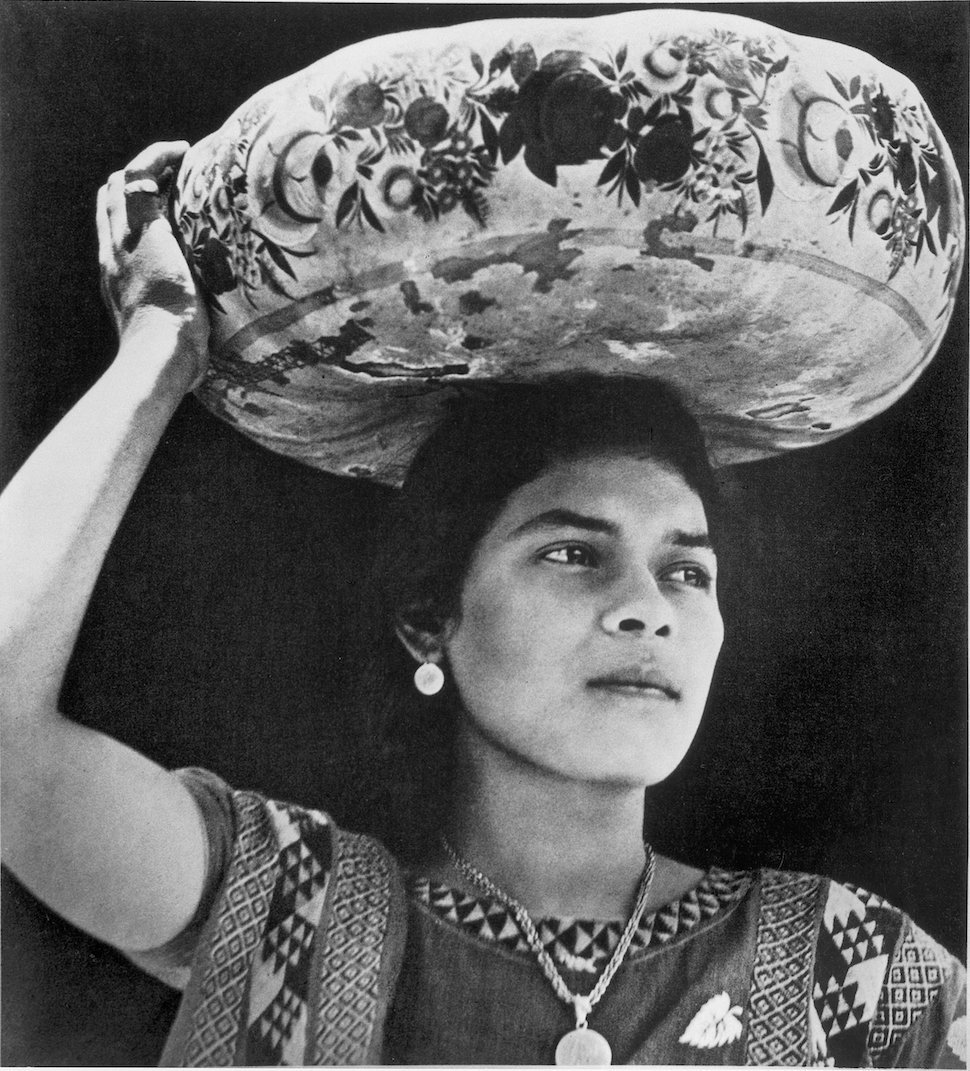 Woman from Tehuantepec carrying yecapixtle - Tina Modotti, 1929.
Woman from Tehuantepec carrying yecapixtle - Tina Modotti, 1929.
What inspires us about Tina Modotti lies beyond her artistic work as a photographer and her early career as an actress.
She learned photography as a pupil of Edward Weston, from whom she soon diverged, artistically, establishing her own aesthetics, after getting involved with the fervent political scene of Mexico’s artistic and intellectual milieu of the 20′s.
Born in Italy in a modest family, she emigrated to the United States to work as a factory girl, a common story for so many Italian immigrants of those years. She helped establish the first antifascist local committee in her natal village in Italy and later took part in the Mexican Communist Party, working as a political activist and developing tight friendships with Frida Kahlo, Diego Rivera, José Clemente Orozco, and Nahui Ollin.
She learned photography as a pupil of Edward Weston, from whom she soon diverged, artistically, establishing her own aesthetics, after getting involved with the fervent political scene of Mexico’s artistic and intellectual milieu of the 20′s.
Born in Italy in a modest family, she emigrated to the United States to work as a factory girl, a common story for so many Italian immigrants of those years. She helped establish the first antifascist local committee in her natal village in Italy and later took part in the Mexican Communist Party, working as a political activist and developing tight friendships with Frida Kahlo, Diego Rivera, José Clemente Orozco, and Nahui Ollin.
Her oeuvre expresses the tumultuous political scene she lived in, with a particular sensibility, usually attributed to her feminine eye, which I personally also connect to her childhood poverty memories.
Tina Modotti’s social activism and her involvement with the international left-wing saw her accused of being a Communist spy and expelled from Mexico in 1930. She found refuge in Spain, where she took an active part in the civil war, against the fascist Spanish army. Those were hard and sad years, spent leading organizations involved with finding a safe corridor to help children escape the bombs and finding a safe adoption out of the country.
Tina Modotti’s social activism and her involvement with the international left-wing saw her accused of being a Communist spy and expelled from Mexico in 1930. She found refuge in Spain, where she took an active part in the civil war, against the fascist Spanish army. Those were hard and sad years, spent leading organizations involved with finding a safe corridor to help children escape the bombs and finding a safe adoption out of the country.
 Mother with baby in Tehuantepec - Tina Modotti, 1927
Mother with baby in Tehuantepec - Tina Modotti, 1927
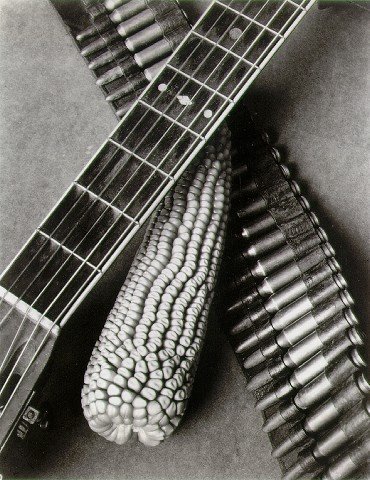 Tina Modotti, Cartridge belt, corn and guitar, 1927
Tina Modotti, Cartridge belt, corn and guitar, 1927
In 1940 she went back to Mexico, where she was re-admitted by President Lázaro Cárdenas, and where she died a couple of years later, at the age of 46.
It is outstanding how short and productive her career as a photographer has been - around 400 photographies produced in around 8 years. The tumultuous political environments she lived in left little room for her art. It is well know how she set priorities in a famous quote of hers: “I cannot … solve the problem of life by losing myself in the problem of art.” Nevertheless, she became a standard-bearer for the critic photojournalism of her time, focused on reporting the misery and abandonment the most vulnerable collectives were left to. Her work as a photographer is invaluable for the history of the XX century’s Mexico.
It is outstanding how short and productive her career as a photographer has been - around 400 photographies produced in around 8 years. The tumultuous political environments she lived in left little room for her art. It is well know how she set priorities in a famous quote of hers: “I cannot … solve the problem of life by losing myself in the problem of art.” Nevertheless, she became a standard-bearer for the critic photojournalism of her time, focused on reporting the misery and abandonment the most vulnerable collectives were left to. Her work as a photographer is invaluable for the history of the XX century’s Mexico.
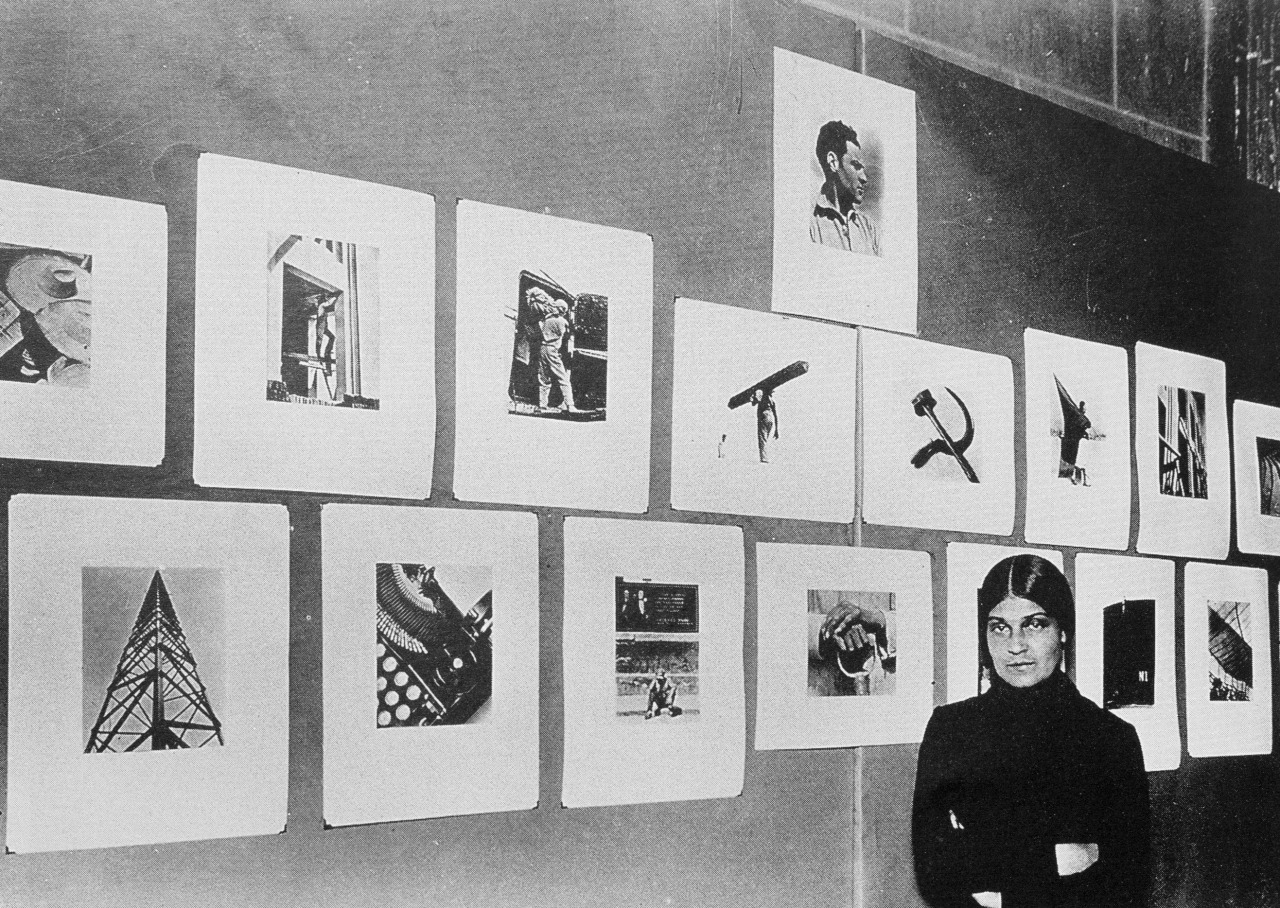 Tina Modotti at her own exhibition. Unknown photographer, 1929
Tina Modotti at her own exhibition. Unknown photographer, 1929Her passionate life full of conviction and altruism inspires us still today, behind the silent beauty of her shots.

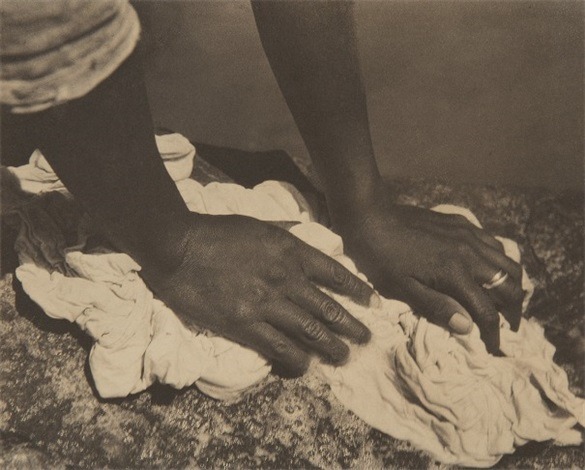
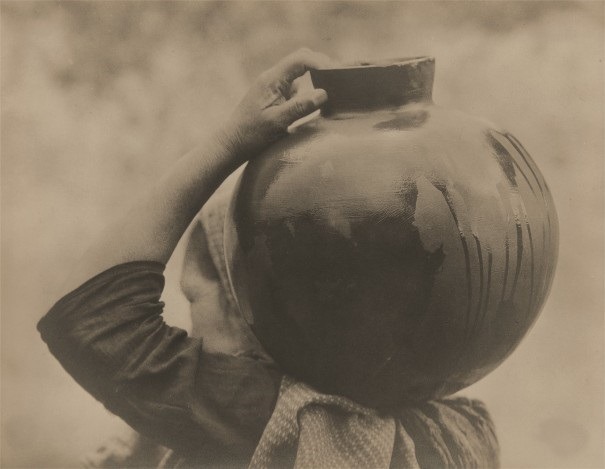



Tina Modotti, 1925-1929
 Tina Modotti and Frida Kahlo [ both are muses ]
Tina Modotti and Frida Kahlo [ both are muses ]
[ TAKE ME BACK ]
[ HOME ]
